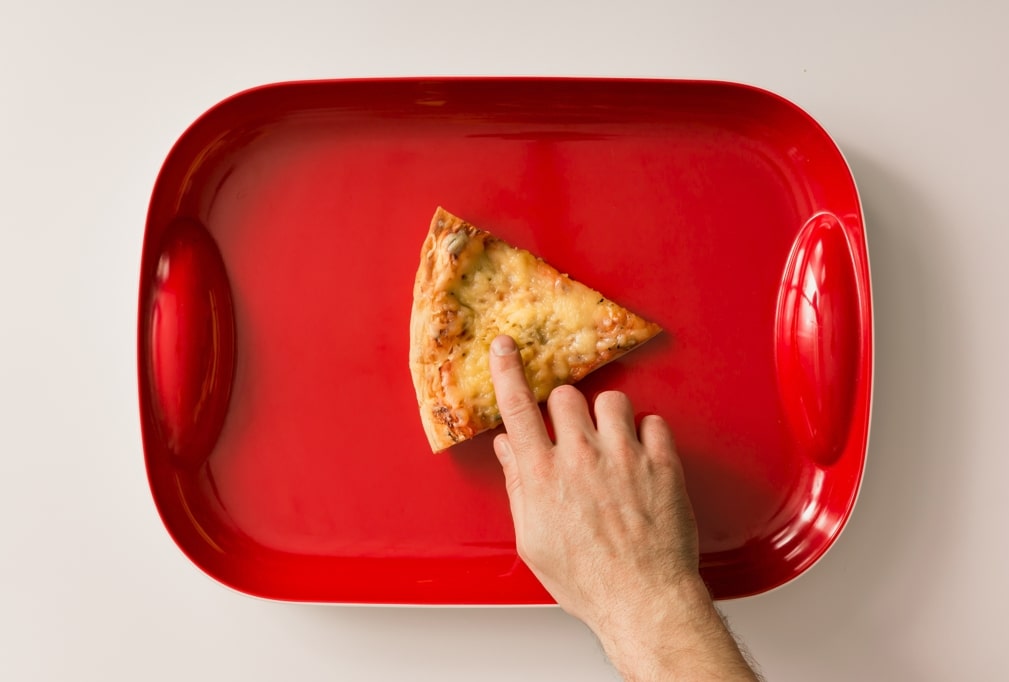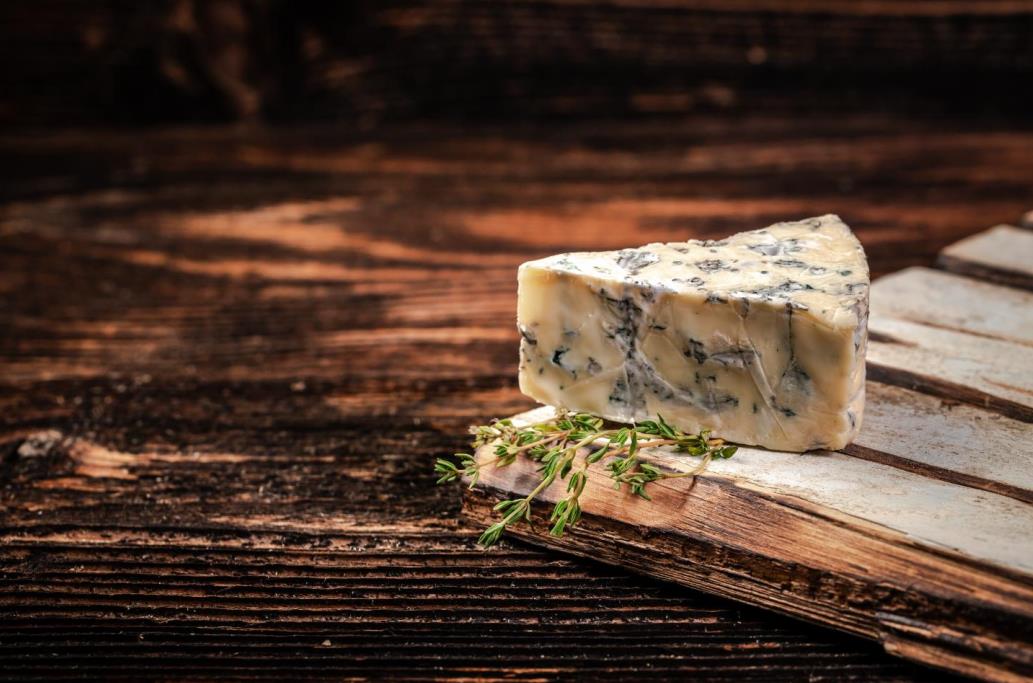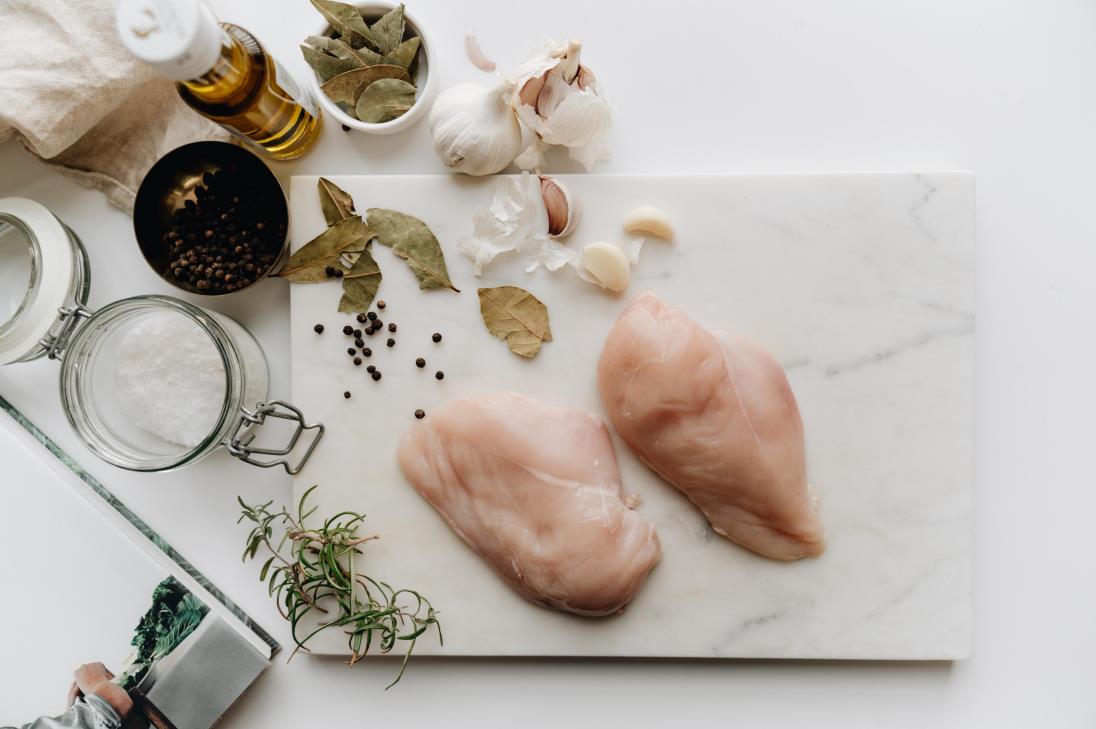The best wood for a cutting board takes all the abuse of chopping, has high water resistance, is food safe, and doesn’t dull your kitchen knives, among other qualities. We know cedar as that spicy, fragrant wood typically used in lining closets or chests of drawers or in musical instruments and other ornamental pieces. But is cedar good for cutting boards?
Cedar wood isn’t a good choice for cutting boards. The wood is too soft, with a Janka hardness rating of only 350 lbf for the Western red variety and 900 lbf for Eastern red species, meaning it will easily scratch, dent, and deform—it’s not in any way durable. Moreover, oil from the cedar resin is toxic and can leach into food, making it unsafe to use.
While we would want to use cedar for its aesthetics, far more crucial is the quality and safety of the cutting board. This article will break down all there is about cedar as a cutting board material and why it’s not a good idea. Read on.
Table of contents
What is cedar wood?
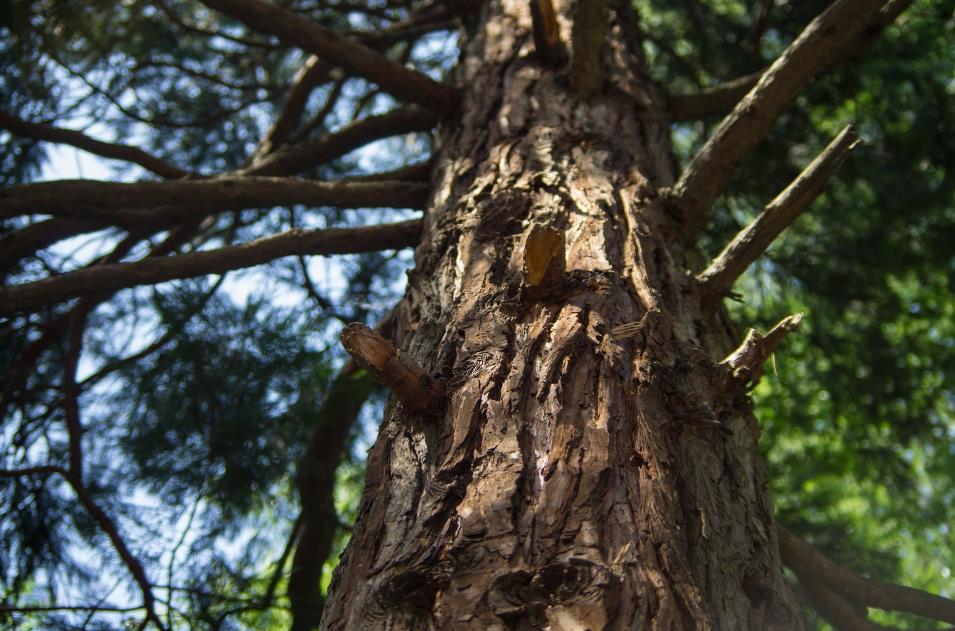
Cedar, genus Cedrus, is an evergreen coniferous tree belonging to the Pinaceae family. The tree is native to the mountains of the Mediterranean region, including the Atlas and Himalayas, but is also found in North America. Those in the Himalayas grow in altitudes of 1,500–4,000 meters, whereas Mediterranean cedars survive at 1,200–2,200 meters.
With a moderate growth rate of about 25 inches per year, cedar trees are of considerable economic and cultural importance. Several species of the cedar tree exist, the most sought-after being the Eastern red cedar (Juniperus virginiana) and the Western red cedar (Thuja plicata).
The heartwood of the Eastern red cedar tree is reddish-brown, with lighter sapwood (pale yellow) and a slightly resinous odor. Western red cedar appears reddish to pinkish brown with yellowish sapwood and a stronger cedar-like scent. Both have a straight grain pattern, but the texture of the Western species is usually coarser.
Cedar wood properties
For a long time, these trees have been used in many applications—from the cedar of Lebanon, a type of incense mentioned in the Bible, to modern-day uses such as cedar chest linings, pencils and paper making, fence posts, shingles, and shakes.
Cedar wood also finds its application in musical instrument manufacturing due to its lightweight, stability, and easy-bending properties.
But what makes the wood suitable for these uses?
- Lightweight: Because of the lightweight nature of cedar wood, it’s highly preferred for furniture pieces, such as chests and wardrobes. The wood has an open cell structure and low density—a cubic foot of cedar wood weighs only 21 lbs, making it easier to work with than other woods.
- Resistance to decay: Cedar wood is highly resistant to decay and insect damage. The natural extractives in the cedar wood are compounds that act as preservatives, making it a popular choice for outdoor furniture and fencing material.
- Easily accepts stains and finishes: Cedar wood readily takes stains, sealers, and other finishes. As a result, it’s widely used for interior and exterior finishes. Some of the best finishes to use on cedar wood are water-based polyurethane, linseed oil, and shellac.
- Uniform texture and grain pattern: The beauty of any woodworking project depends on the grain and texture of the wood used. Cedar wood has an attractive, uniform texture and a straight-grain pattern, making it ideal for decoration, furniture, and musical instruments.
- Workability: Cedar is relatively easy to work with and shape, making it suitable for various woodworking projects.
- Sweet aroma: Cedar has a distinct aroma, which makes it sought-after in closets and chests as a natural moth repellent.
Cedar wood as a cutting board material

Given the properties of cedar wood, it’s no surprise that some people find it suitable for making cutting boards. The best cutting board material should survive the ruthlessness of cutlery without splintering, warping, or splitting. Nothing does this job better than hardwoods such as walnut and maple.
Still, you want a cutting board that’s sturdy and functional but also aesthetically pleasing. Below are some pros and cons of using cedar wood as a cutting board material.
Pros
- Antimicrobial properties: Cedar wood is naturally antibiotic and antifungal. Using the wood as a cutting board will help prevent the spread of bacteria.
- Aesthetic appeal: The reddish-brown wood with lighter sapwood offers a unique and attractive appearance that you won’t find with other woods.
- Resistance to rot: Cedar doesn’t succumb to rot or decay, making it ideal for use in wet conditions.
Cons
Too soft for a cutting board
The ideal Janka hardness rating for a cutting board material is 900 lbf to 1500 lbf. Cedar wood has a Janka rating of 350 lbf for its Western red variety. The Eastern red variety fares slightly better with a Janka rating of 900 lbf, but it isn’t hard enough for a cutting board compared to other hardwoods.
Being too soft means the wood is weak and has low strength compared to other cutting board materials. Every time you cut something on the surface, dents or scratches will appear. Over time, you’ll be left with an unsightly cutting board that’s also hard to clean.
Because of such modest hardness and strength, cedar wood is also quite brittle. The chances of the board splitting or cracking are likely. You may drop it once or twice without a problem, but continuous use will weaken the board and cause it to crack or split.
Toxic oils
Cedar wood is poisonous to bugs, and we use it as a natural moth-repellent in our wardrobes and closets. Imagine the same toxins coming in contact with food on your cutting board. We can’t ignore even the slightest amount of toxins in food because a cutting board is a daily necessity in our kitchen.
Common toxins in cedar wood are thujic acid, dextrose, and pinene. If the body absorbs a high concentration of these toxins, you may experience symptoms like a runny nose, asthma, rashes, and more.
Cedar tannins can stain your hands
Tannins are compounds that bind with proteins and carbohydrates to form a tan-colored stain on the cutting board. Frequent contact with these tannins can also cause staining on your hands. Therefore, you must be extra cautious when handling cedar wood for kitchen projects.
Cedar odor may linger
Not everyone is fond of the cedar aroma. The smell may linger in your kitchen and cutting boards, which can be annoying. And when it gets into your food, it may not taste as good as expected. Any good chef will tell you that the best way to judge food is by its taste, not its aroma.
Is cedar good for cutting boards?
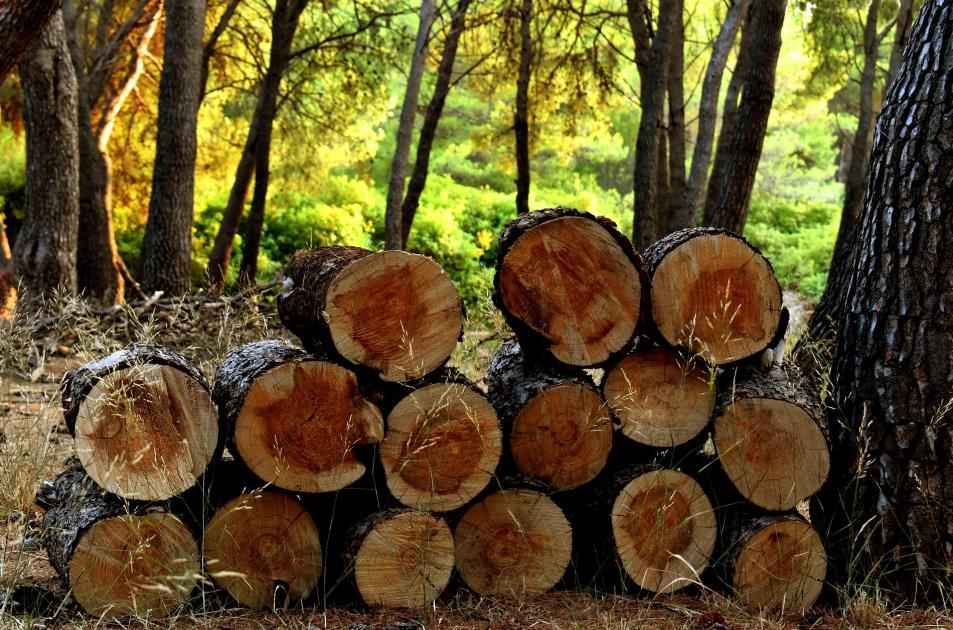
When looking for a cutting board material, we want something that’s durable, doesn’t warp, split or crack easily, and can handle the abuse of cutlery. Let’s face it; cedar isn’t the best choice for a cutting board. It lacks the essential qualities of a cutting board material: hardness, food safety, and durability.
The pros discussed above may suggest otherwise; as with any wood, you can use cedar to make a functional cutting board. Cedar is worth considering if you’re looking for something unique and aesthetically pleasing. However, far more important is the safety of your food and the longevity of your board.
Best knife for cutting boards
True cutting power in the palm of your hand
Cedar wood alternatives for cutting boards
Below are some top alternatives to cedar for your cutting board:
- Hard maple wood: Perhaps the most popular wood for cutting boards, hard maple has a Janka hardness rating of 1450 lbf. It’s strong and durable, doesn’t absorb odors, and is easy to clean.
- Black walnut wood: Walnut is one of the strongest and densest woods available, with a Janka rating of 1010 lbf. Its rich dark color and vibrant grain pattern make it an ideal choice for cutting boards.
- Teak wood: Another popular option, teak, has a Janka hardness rating of 1070lbf. It’s naturally oily and doesn’t require any additional treatments. The high oil content and tight grain pattern make the wood resistant to moisture and warping.
- Acacia: Acacia is a tropical hardwood with a Janka rating between 1,500 – 2,000lbf. While it may be too hard for some knife blades, it is an excellent choice if you’re looking for a board that can withstand the rigors of a busy kitchen. Acacia is also resistant to bacteria, so you can use it as a cutting board without worrying about food safety.
Bottom line
Cedar doesn’t make the cut an ideal material for a cutting board. While it’s aesthetically pleasing and has natural antimicrobial properties, it lacks the hardness and food safety qualities necessary for a cutting board. We hope that from this article, you have better reasons to avoid using cedar wood in your kitchen.
Our guide on the best wood for cutting boards has all you need to know about choosing the best wood ideal for your cutting board. And if your kitchen knives don’t perform as you want, visit our HDMD store for a wide selection of high-quality handmade knives for all your needs.








